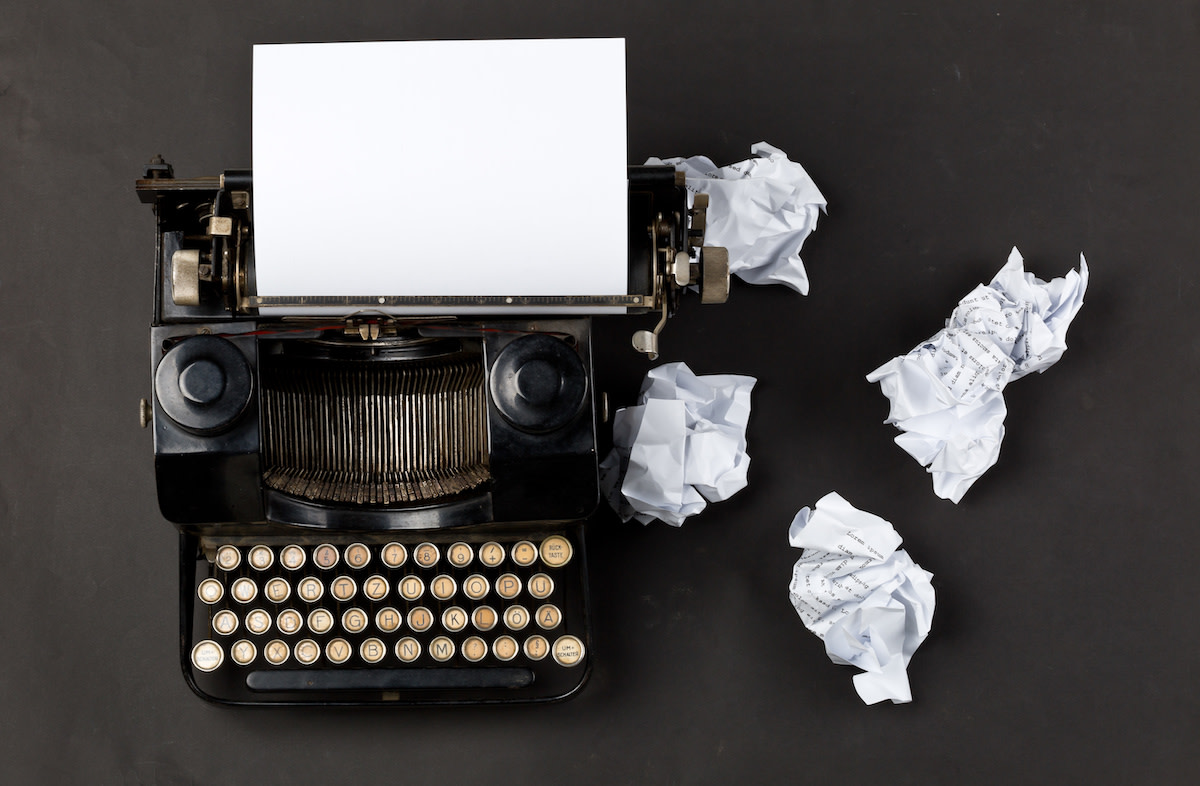How to Write a Novel Rough Draft: 7 Tips
Written by MasterClass
Last updated: Sep 7, 2021 • 3 min read
Setting up your world and fleshing out your outline are the main functions of a rough draft, allowing you to visualize your novel as a whole. Use this guide to better understand what a rough draft is and how to approach writing your own.
Learn From the Best
What Is a Rough Draft?
A rough draft is a version of your novel that is raw and unpolished, containing the main story pieces you’ll need to put together in a coherent way. It’s about making sure your story bones are present and that the plot is laid out clearly (with no story-breaking holes). A rough draft can also show you if your characters have enough background information and an interesting trajectory of development. Ultimately, the rough draft serves as a road map for you to guide your narrative through on your way to your final draft.
What Is the Purpose of Writing a Rough Draft?
Writing rough drafts helps you quickly get your story down on pages. Its purpose is to help you get the information out in a loosely structured way and to write your ideas down before you go back and fill in with more details later. A rough draft is an important step of the writing process, and can aid you in visualizing your novel as a whole.
How to Write a Rough Draft for Your Novel
While every writer’s process is different, there are a few ways to ease the difficulty of leaping into the first draft of your novel:
- 1. Set a goal. You want to get the main points of your story down quickly, without getting hung up on word choice and sentence flow. By giving yourself deadlines to complete certain exercises or sections, you end up being more ambitious with your time, and waste less of it meandering around minor details. Commit to getting a certain amount of pages completed, or writing for a set amount of hours a day. A routine will keep your writing consistent so you do not lose momentum and fall behind on your writing.
- 2. Do your prewriting. Prewriting is helpful for getting started, and can include performing writing prompts or exercises. For example, freewriting allows a writer to write unencumbered—jotting down ideas fast without a strict form to follow—which is also useful for stimulating creativity when you’re suffering from writer’s block.
- 3. Let ideas flow free. A rough draft is where your wildest ideas come out. Don’t be shy about content or switching point of views, and don’t hold yourself back from ideas that might be worth exploring. This phase of your writing is for your eyes only, so there’s no need to feel self-conscious about what you put down on paper.
- 4. Outline it. Prewriting also involves the outlining process where you start to form the initial structure of your scenes. Laying all the pieces out before you assemble them will give you the clearest picture on how to put together your novel, as well as figuring out which pieces you’re missing (and which ones are useless). Find our how-to guide on outlining a novel here.
- 5. Forget editing. When you’re spitting out story details, don’t worry about punctuation, writing complete sentences, or grammatical faux pas like passive voice or inconsistent tenses—leave the whole editing process behind. As long as you get your ideas down in a way that’s understandable to you, what you write in your rough draft is between you and your vision. You can worry about well-written sentences in your second or third drafts.
- 6. Start where you want. You want to begin in the place most stimulating for you, and not every story needs to start at the beginning and go step-by-step. If you’re excited about the climax of the story before you have a beginning or end, then write that first. You don’t want to bog yourself down with story details you’re not ready to establish yet. Writing a novel is a long process, and you want to keep it enjoyable for yourself as long as possible.
- 7. Take breaks. The last thing you need is to experience burn out before getting through your first draft. Sometimes walking away from your writing and coming back later with a set of fresh eyes is exactly what your writing process needs.
- 8. Finish it. You shouldn’t start the next draft until you finish the one you’re on, and the sooner you get it down, the better. Adhering to your goals and putting in the time will yield workable pages that you can eventually start sculpting into a final draft your novel.
Want to Learn More About Writing?
Become a better writer with the MasterClass Annual Membership. Gain access to exclusive video lessons taught by literary masters, including David Baldacci, Margaret Atwood, Joyce Carol Oates, Dan Brown, and more.
